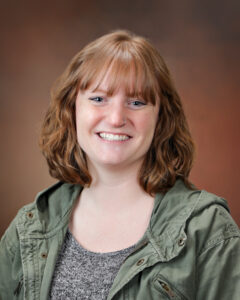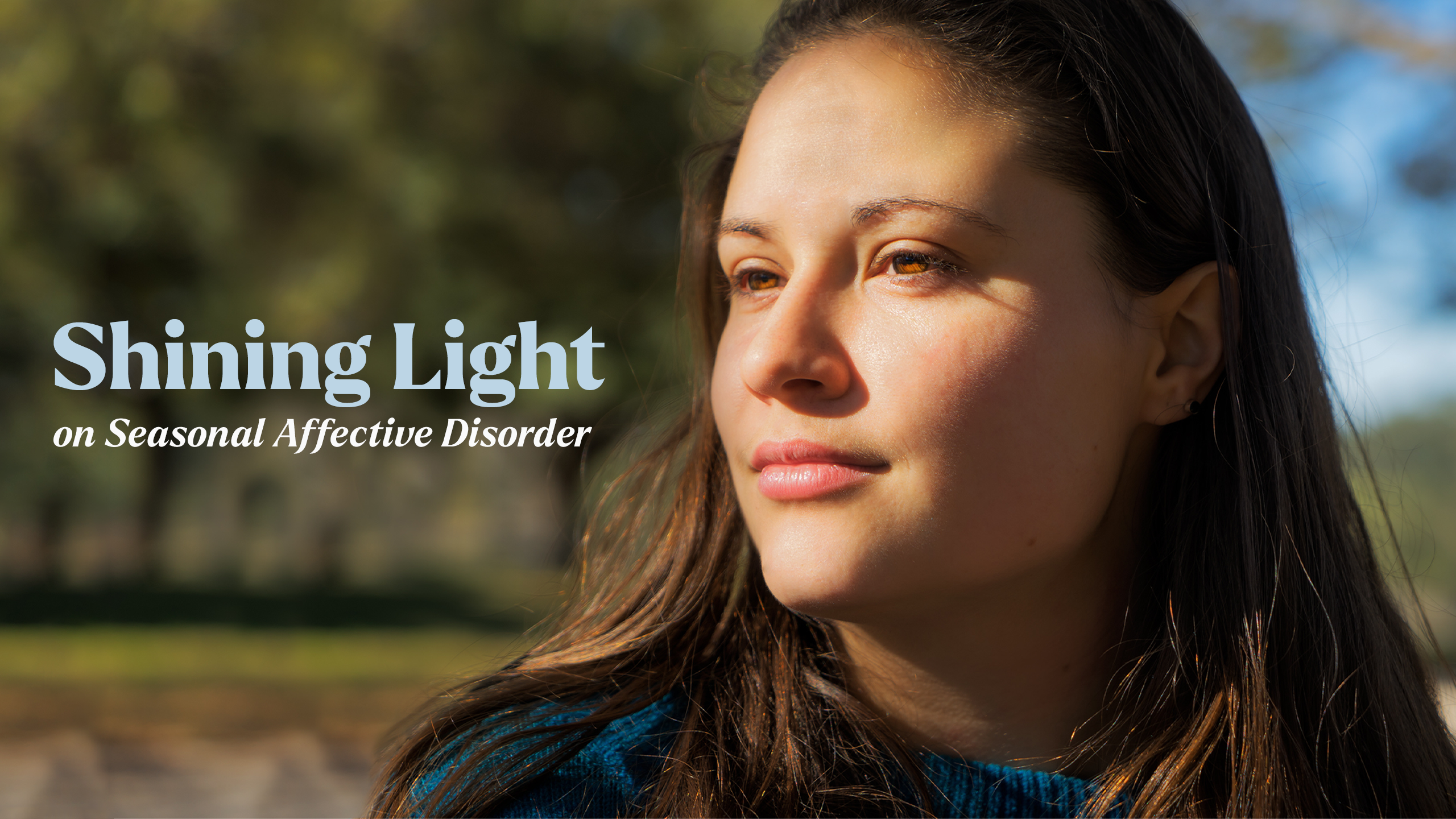Until recently, it was an annual tradition. A witty little quip in the form of a calendar reminder that I’d direct at my wife sometime late in the spring.
For the purposes of this piece, let’s say it was June 2, 79 degrees outside, under blue skies, with a refreshing little breeze. Maybe we’d be at the lake, on the boat, anchored in a bay, and playing some music. Or we could be golfing. Or maybe we’d be at home, in the backyard. I’d be filling my birdfeeders while my wife tended to the garden or the flowers. Or, she could just as easily be stretched out in a lawn chair, soaking up the sun.
Then, reliably and right on time, I’d douse her bright, shining light with a major dose of shade.
“You know,” I’d say, “In 20 days, we’re going to start losing daylight.”
Spring after spring, I’d say words to that effect, as my wife and I did something enjoyable outside. And every time, she’d offer up an immediate retort littered with words not suitable for publication here.
I thought my comedic timing late every spring warranted me a spot in the Saturday Night Live cast. But there was nothing funny about my wife’s response; my reminder angered her, but I’d always waive off her words with a chuckle.
I no longer offer up the annual reminder to my spouse that the summer solstice is fast approaching. In fact, now I do the opposite. In early December, when there’s nothing but blackness outside our windows at 5 p.m., I remind my wife that we are only a few short days until the winter solstice. And from that point on, she can look forward to a steady stream of days marked by increased daylight.
Because she is all-too-familiar with Seasonal Affective Disorder (SAD). While her symptoms are relatively mild, SAD makes her sad. It makes her cranky. It darkens her mood, diminishes her happy feelings, and intensifies the days when she’s feeling a bit down and out.
“SAD is not specific to winter and can occur in any season,” clarified Kaitlyn Benz (MSW, LGSW, LADC), a clinical trainee with Alluma. It’s most commonly associated with winter when sunlight and natural light are minimal.
While many people get the “winter blues,” she explains, SAD is something more.
“I think it can be sort of normal to want to curl up on the couch during the winter months and lose a little bit of motivation, which I would think of as ‘winter blues,'” Benz says. “SAD starts when the symptoms make it hard to function.”
It’s not unusual for a person to suffer from a symptom or two of SAD, she continues. But when your symptoms become too great of a challenge or routine, day-to-day functioning suddenly feels beyond reach; Benz says it’s time to take extra measures and ask for help.
“It’s based on how you feel your symptoms are impacting you. If you feel down or can’t get out of bed and it’s making your life harder, or it feels exhausting, this is when I recommend you reach out to a professional for help,” Benz explains. The good news, she points out, is that there are different options to treat SAD so people can choose what feels most comfortable to them.
Do you wonder if you’ve ever felt or are currently feeling the effects of SAD? Check what you’re feeling against these symptoms, Benz advises:
- low energy
- lethargy
- low activity levels
- wanting to sleep more/getting more sleep
- a change in appetite
- feelings of sadness or irritation
Suppose you’re experiencing some or all those symptoms and don’t see a clear path toward feeling better. In that case, Benz says several helpful options are available to you. They include psychotherapy, medication, a Vitamin D supplement, light therapy, or any combination of those options. It’s important, she adds, to talk with a mental health professional and your doctor to determine which type or types of treatment will work best for you.
Many who feel down and even depressed in the winter choose to power through it on their own. Some of these same people give “SAD lamps” a try, and Benz says they can help reduce SAD symptoms when used correctly. The specialized lamps provide the full spectrum of light, without harmful UV rays, that mimics natural outdoor light. This type of light therapy is most effective when used consistently for a certain amount of time each day. And light should enter your eyes indirectly because the bright light could damage your eyes.
If you decide to purchase a lamp, Benz says it’s best to do some research and chat with your physician.
“Your doctor will make sure you’re getting a proper lamp that doesn’t interfere with any other health conditions or treatments,” explains Benz.
While there’s more to SAD than just a simple lack of sunlight, Benz notes that a lack of exposure to sunlight is a significant factor in the manifestations of SAD in an individual. Sunlight, she explains, helps our bodies regulate levels of several different things that impact mental health. For one, sunlight is a major source of vitamin D, which assists our bodies in producing serotonin, a neurotransmitter that helps with mood. A low level of serotonin is often associated with depression and anxiety. Benz continues that many people take a type of medication known as Selective Serotonin Reuptake Inhibitors (SSRIs) to improve symptoms of depression and anxiety. SSRIs increase serotonin levels in the brain.
“SAD can also be linked to higher levels of melatonin, which is responsible for making us sleepy,” she explains. “Melatonin is produced in response to darkness. Less sunlight can mean more melatonin, which can make some symptoms of SAD, like fatigue and low energy, more intense.”
So as the snowy, windy, and frigid winter of 2021-22 slogs toward its end, SAD sufferers can take comfort in knowing that each day brings more precious daylight.
 |
Kaitlyn Benz, MSW, LGSW, LADC Clinical Trainee |

